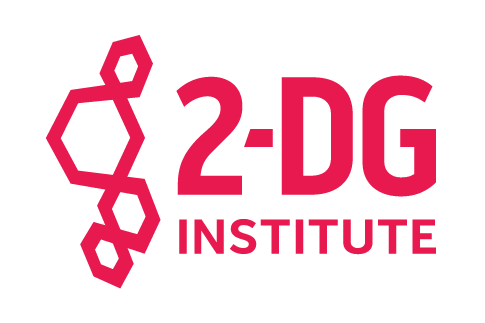So why not come up with a new strategy that is based on a more rational approach?
For more than 30 years the results from literally millions of PET scans has shown us that tumors take up more glucose than normal surrounding tissues. But only more recently has the reason for this increased glucose uptake in tumors become known.
Surprisingly, or perhaps not so surprisingly when one thinks about it, the same genes that are driving cancer (oncogenes) have been found to be responsible for directing a cancer cell to take up more glucose.
Using sophisticated techniques such as NMR and Mass Spec it has been shown that the glucose molecule is not only a vital energy source but provides the building blocks required for a cell to replicate.
Thus, increased glucose metabolism is the universal trait that investigators have long been seeking in their quest to find a feature common to all cancer cells regardless of their tissue origin or genetic (oncogene) profile.
Our approach, therefore, using the analog of glucose, 2-deoxy-D-glucose , better known as 2-DG, takes advantage of this natural window of selectivity that increased glucose uptake provides in cancer vs. normal cells.
We have provided proof of principle that 2-DG works in many different tumor cell types when grown in the lab in vitro (in dishes) and have advanced our ideas in vivo (in tumor animal models). Our results have taken 2-DG all the way up to and including completion of an FDA-approved Phase I human clinical trial.
So why isn’t this universal treatment for cancer not already helping cancer patients suffering from this devastating disease world-wide?
There are many answers to that question, but the major obstacle that has slowed the development of 2-DG is that it is not patentable.
Therefore, the pharmaceutical industry is not interested in providing the financial resources required to put it through the next phase of clinical trials needed to make 2-DG a frontline treatment.
Other obstacles, less obvious but perhaps equally important, preventing 2-DG from reaching patients are the unwillingness of those in control of funds to devote the resources to treatments that they are either not part of or, for personal or political reasons, are against.
Although our lab and this work has attracted and been awarded National Institutes of Health Grants for more than 20 years, the funding from these sources is dwindling and we have therefore turned to philanthropy to get us to the next step. So please take a moment to explore our website further to learn more about our work and to see why we are asking you to join us in helping bring this universal treatment to benefit cancer patients world-wide.
